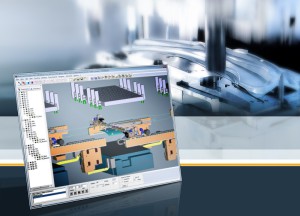 Siemens has extended its press line simulation software package, which now provides modules for press operators, press manufacturers, and tool designers. It also includes the proven curve generator for creating optimised ram motion profiles for servo-presses using simotion. The results are shorter development-, and setup times, collision-proof processes, increased production rates, and cost-effective processes.
Siemens has extended its press line simulation software package, which now provides modules for press operators, press manufacturers, and tool designers. It also includes the proven curve generator for creating optimised ram motion profiles for servo-presses using simotion. The results are shorter development-, and setup times, collision-proof processes, increased production rates, and cost-effective processes.
With the re-structuring and upgrading of the Press Line Simulation (PLS) software package in Version 9.0, Siemens has taken another step towards the fully digitised factory. The package is now offering press operators, such as manufacturers and tool designers, tailored functions for product and process optimisation. The flexibility of modern transfer presses means that they are becoming more complex. The degrees of freedom of electronic transfer presses are bringing considerably increased risks of collision, which makes it more and more difficult to program the processes directly at the press controller. In many cases, correct setup and optimised operation of complex press lines can be obtained only by simulation. There is a growing need for powerful software, and user groups are expanding and changing. Whereas previously the focus was mainly on major plant operators, it is now also on medium-sized press manufacturers and tool designers. To support all user groups as much as possible, PLS V9.0 is now offering individual modules for line setup, die validation, and for creating digital press models (Modeler). Each of these modules can be used in standalone mode – which considerably reduces investment costs – and contains task-specific functions. They can also be integrated with each other.
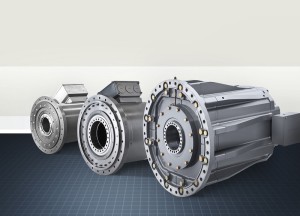
Modules and functions for all tasks
PLS Line Setup
This is the main module for programming, analysis and simulation of multi-stage transfer presses and press lines. By digital simulation of the complete transfer process, all processing steps can be optimised virtually. It provides designers and planners with important information long before physical workpieces are actually made. PLS Line Setup supports many tasks in the pressing process, including materials flow analysis, machine design, and press programming. One core function is the positioning and orientation of sheet metal parts in all process stages. This module supports programming of the signals (cams) for the components and movement curves specified by the press manufacturer. It also provides a selection of various controller curves for transfer presses, including solutions (Simotion SimoTrans) developed and optimised for Simotion, export of the programming protocol for transfer to the real machine, and advanced programming methods for complex kinematics. It also allows direct communication with the Simotion press controller.
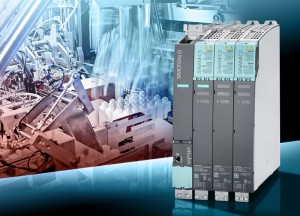
PLS Die Validation
This is a software tool for tool validation. To do this, the tool data are imported into PLS from the user’s CAD Pool and the kinematics are defined and analysed for moving components (especially feed slides). Important related functions are the generation of speed, travel, and acceleration curves, the programming of controlled movements (e.g. for lifters), and the calculation of collisions in the die. The results of the collision calculation can be exported in an Excel-compatible format.
PLS Modeler
This is used for building and testing digital press models from the bottom up. Using the data for the physical press, the user enters the press structure, dimensions, kinematic data and press geometry, and constructs the press through a sequential process. Standardised test procedures allow the virtual model to be checked against the physical press. Core functions are the input of basic information such as number of stations, type and number of transfer components, logic data for defining higher-level objects, kinematic axes, settings and program values, and detailed object data for the sheet metal and tooling interfaces to be attached. The result is a fully kinematic skeleton model, which is then linked to the CAD geometry for the press. After the limit values for the kinematic axes are added, the final model can be tested.
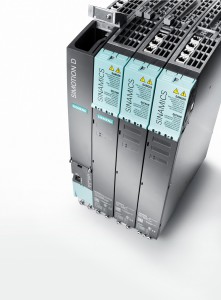
Automated for the optimal ram motion profiles
PLS V9.0 now also includes a curve generator for servo-presses, which was developed for Simotion Controller. This allows the operator to determine the optimal ram motion profile very easily and individually for each tool set. After the key data are entered, such as the die opening and closing angles, position and length of stroke before- and after the bottom dead centre, and the specified stroke rate, a button is pressed and the software tool calculates the optimal ram curve for the current simulation sequence. The result is a motion profile with soft flowing transitions that spare tools and materials and avoid excessive power and torque peaks, and this alone keeps the installed drive power within the limits that are actually required. The machine-specific maximum values are taken into account automatically, such as the maximum values for the motor speed, acceleration, jerk and power of heavy-duty Simotics torque motors installed in the system, ram speed and ‑acceleration, and the optimal forming speed. In this way, the permissible limits of the press and drive train are exploited to the full, but not exceeded. The optimal motion profiles can be stored and re-loaded. All this makes it very simple and easy to setup new tools (tool sets). All simulation results can be transferred from PLS V9.0 to the Simotion press controller(s) either manually, as standard files, or fully automatically, the latter option being obviously the quickest and most secure method.
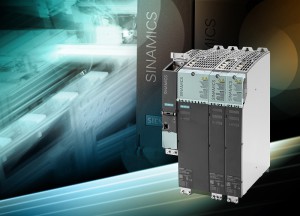
Proven in practice
One German car manufacturer has already been using PLS directly on their lines for several years, and they have reduced their production changeover times by well over 60 percent. Even for the smallest changes to processes, they can specify the simulation and optimisation and then start up the lines at the press of a button, each time without any risk of collision. Thanks to advance simulations, they can move almost all sheet metal parts at the maximum stroke rate of the presses, and fully exploit their possibilities.



